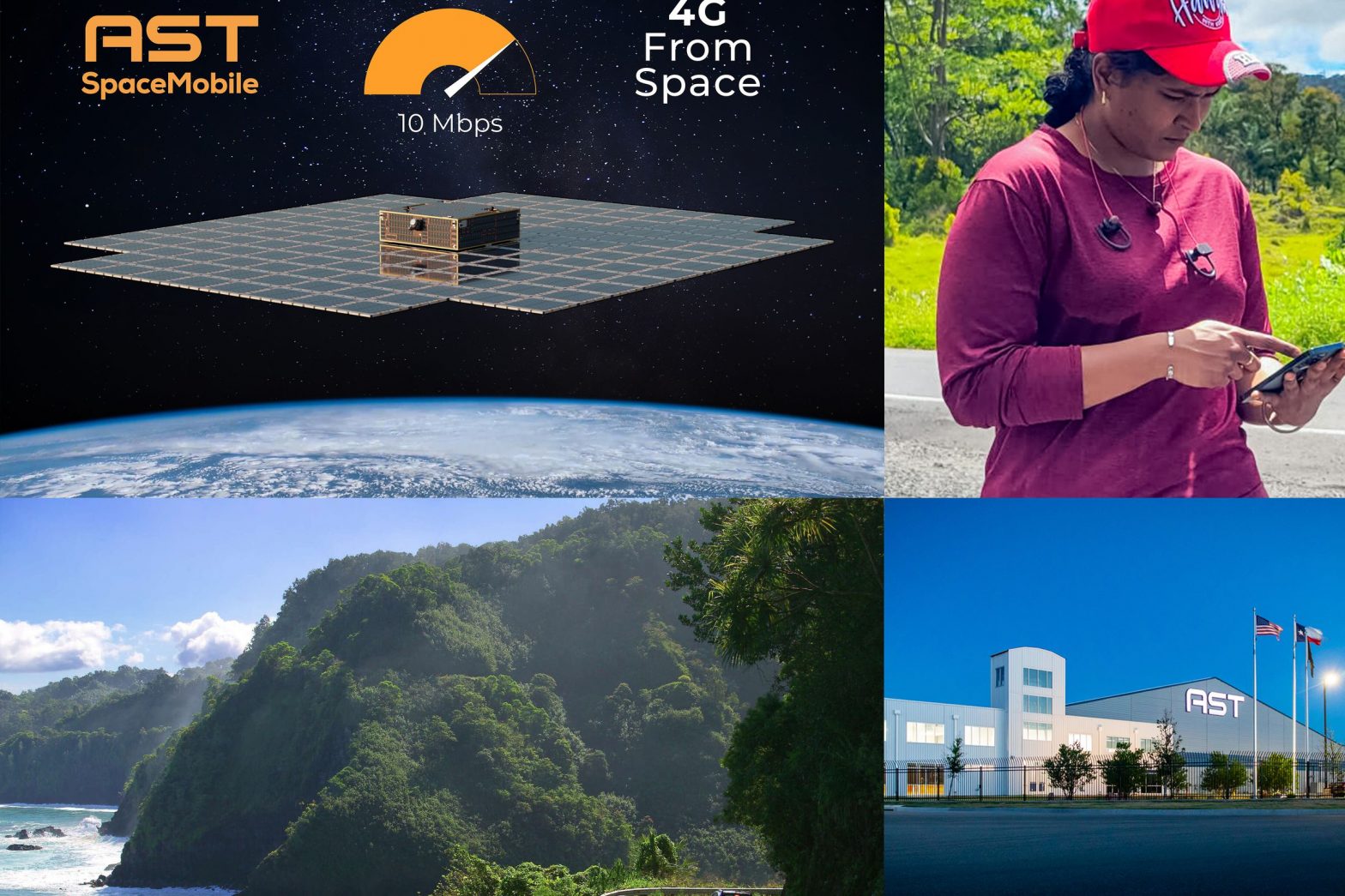/
AST SpaceMobile managed an over 10Mbps signal to unmodified smartphones and will test 5G next.
Share this story
:format(webp)/cdn.vox-cdn.com/uploads/chorus_asset/file/24740962/MicrosoftTeams_image.jpg)
A Texas company called AST SpaceMobile managed to successfully transmit a 4G LTE signal from space that was picked up by “everyday, off-the-shelf smartphones,” the company announced this morning. The satellite AST used, called BlueWalker 3 (BW3), will try a 5G connection for its next major test. The company says its recent test was a “world first.”
Testing was conducted in Hawaii on AT&T’s spectrum using Nokia RAN technology, and the signal, which was beamed from AST’s satellite in low Earth orbit, reached speeds of up to 10.3Mbps. That’s fast enough for some video streaming, general internet use, and more ordinary cell phone usage.
AST’s testing followed a recent April test by the same company, where it was able to route an audio call between a Samsung Galaxy S22 in Texas to an iPhone in Japan via satellite.
AST SpaceMobile has been working on this project for a few years now, and it’s not the only one looking to send data down from space — Lynk Global managed to send text messages via satellite in 2020, and Amazon’s satellite-based internet Project Kuiper will send up to 83 satellites into low Earth orbit starting in 2024. The FCC is working to get legal frameworks in place so that companies can begin providing space-based cell service.
The BW3 is a massive commercial communication array at 693 square feet — about the size of a two- or three-car garage — and the largest ever deployed in low Earth orbit, says AST’s release. It operates using the same 3GPP standard found in ground-based cell networks.
The achievement is “an important step toward AST SpaceMobile’s goal of bringing broadband services to parts of the world where cellular coverage is either unreliable or simply does not exist today,” according to AST’s chairman and CEO, Abel Avellan, who said this would allow users to text and call, browse the internet, download files, and even stream video using a signal beamed from space.
